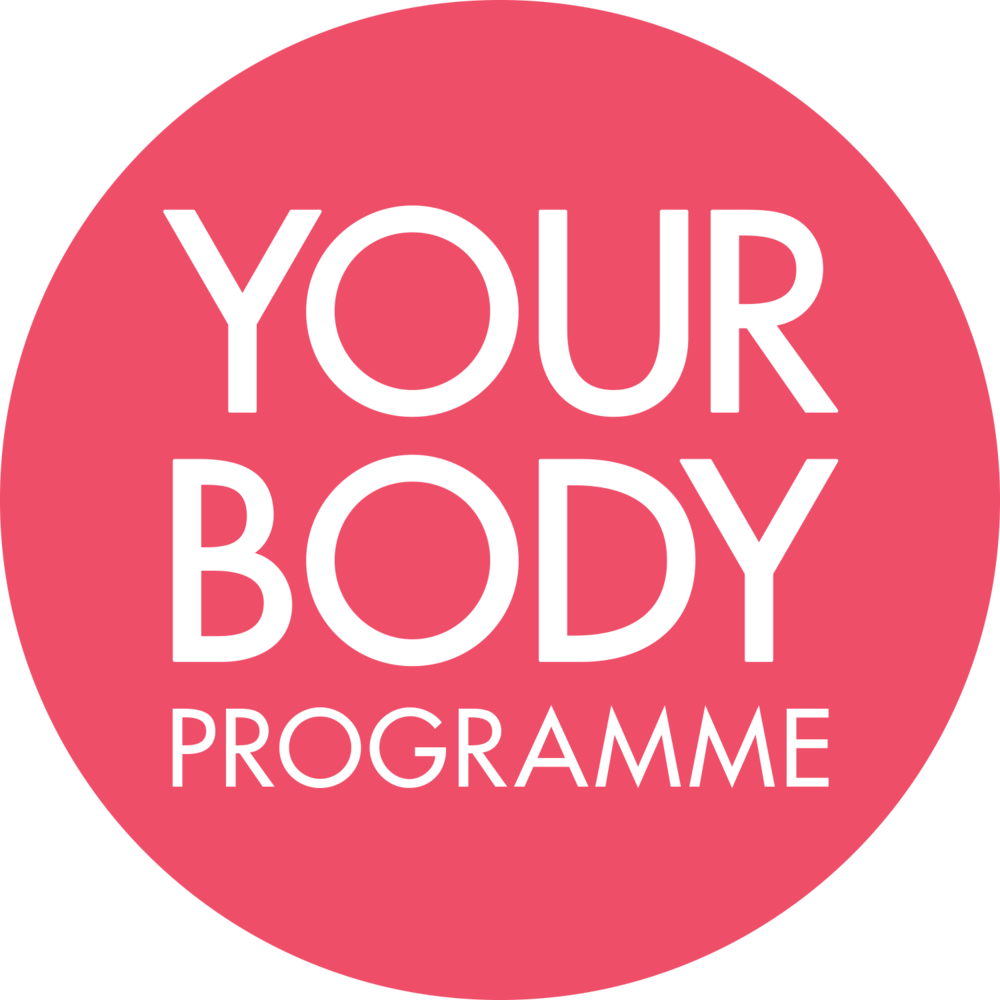posture
What is posture?
“Posture is a physical representation of one’s physiological, neurological, muscular and skeletal set, the physical representation of the organisation of body parts as dictated by the interaction of the mind (particularly limbic/emotional), nervous system and musculoskeletal system. If you begin and end movement in an incorrect position, the chances of accelerating joint wear are increased.” (chek, 2001)
I want to talk about posture from a musculoskeletal point of view, I want to let you know what we, as movement specialists can do to help you improve your posture, avoiding dysfunction and therefore prevent injury and pain.
When standing with perfect posture your body should be working at its most efficient, with the least amount of stress placed on it. Think of your body parts like building blocks, neatly stacked one on top of the other. Now imagine how unstable that structure would be if the top block sticks out over the edge. The head is the heaviest part of our body and most people stand with a forward head posture to some degree. For every cm that the head juts forward the weight of the head doubles, placing excessive strain on the rest of the body, especially the neck and shoulders…. And how many people suffer with neck tension??
How have we become so bad at just standing with perfect posture? The answer to this question lies in “”Life style”. For example how many hours a day are people sitting at desks hunched forward on their computers, then going home only to slob out on the sofa watching TV, not exactly fulfilling the role of the hunter/ gatherer. We are not designed to sit on chairs, so perhaps some of the problems start when we go to school and suddenly spent 6 hours a day sitting. We have basically trained our bodies into dysfunction. For mothers, think of the stress pregnancy puts on their posture, and then breast feeding and carrying a baby around on their hip! Modern lifestyle is predominantly sedentary so we need to counteract this by doing the right type of exercise to correct our posture, bringing our bodies back into alignment so they are at their strongest and most efficient.
As everything in life, our bodies require harmony and balance to function well, for example our muscles rely on each other and they work in groups to maintain the correct alignment of a joint. The joint can become dysfunctional due to muscular imbalance caused by a muscle, or group of muscles becoming shortened or lengthened. A common example you see as a personal trainer is tight and shortened pec (chest) muscles and weak and lengthened mid trap (back) muscles, causing a kyphotic posture (rounded shoulders/curved upper back) to some degree. This can be caused by lifestyle, as I mentioned before, spending all day at a desk, or it could be the result of incorrect gym training.
As personal trainers it is our job to assess our clients bodies and work out what they, as an individual need to gain optimal health. We carry out a full physical assessment looking at how you stand, how you move, your flexibility, your muscular strength and weakness, and your bodies ability to engage the deep core muscles. If these muscles are not working to support your spine properly, then problems will eventually develop.
Therefore main areas of focus during postural training should be:
- Core strength and appropriate balance work.
- Strengthening of weak muscles through resistance work, whether using fixed weights, free weights, cables, Kettlebells or body weight.
- Lengthening tight dominant muscles using stretching techniques, massage and myofascial release work.
- Education, giving you the knowledge to know what correct posture is and how that feels to your body, as well as the tools to implement it into your current lifestyle.
Lets for a moment consider posture from an inside point of view. All your organs are encased in their own sack made of fascia (connective tissue). When you adopt bad posture, for example with your shoulders slumped forward, then your organs become compressed onto one another, they are no longer hanging in their natural state and the wrong parts of your organs are touching each other. Obviously, long term, this can lead to problems.
Once you are aware of your postural needs as an individual, then there are exercises you can do on your own. You don’t need to have a personal trainer at your side constantly, but it is advisable to gain the correct information first so all your hard work is actually helping you rather than hindering you.
Be conscious of your posture. In the beginning you will constantly need to remind yourself to stand up tall with your core engaged and shoulders back. Gradually over time, and with the correct training this will become more of a natural state of being, and will not feel like so much of an effort.
A few general tips to help you on your way...good luck!
- Do not carry a heavy bag on one shoulder, use a rucksack (not the trendiest of accessories but very important.
- Do not cross your legs when sitting on a chair.
- Look forward, head raised when walking.
- If you spend a lot of time driving then made sure your rear view mirror is at the correct height. To go so, lean forward and make sure your bottom is push right back into the seat, sit up tall and adjust your mirror to suit you in that position. The indication of bad posture will be when you can’t see in your mirror due to slumping down in your seat. When this happened sit up tall rather then adjust your mirror.

